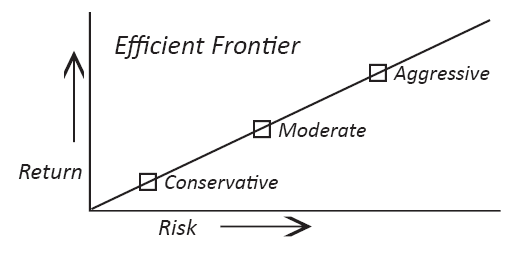Click on the Upload link above to upload your documents securely!

Model Portfolio investing is based on the proven and tested principles of Asset Allocation and Diversification. This style of investing is appropriate for the majority of investors who are “passive” by nature. In this case we would define “passive” to mean “not active.”
An active investor would be one that has the time, knowledge, and experience to manage their assets on a daily and sometimes hourly basis, in an active, or aggressive manner. Our model relies on the expertise of an investment manager and his/her team to actively manage investments within their particular fund or category.
Most people are best suited toward passive investing as it allows them to focus on controllable things such as financial habits, exposure to risk, unnecessary taxation, and increasing their income.
Model Portfolio, or Defensive investing, utilizes Asset Allocation Models to ensure proper diversification by Asset Class (Cash, bonds, and Equities being the three primary classes), Investment style (Value, Growth, Topdown, Bottom-up, Large Cap, Bond Maturity), and Geographic Location.
The Portfolios are constructed in such a manner that each fund compliments the other. The correlation between them is also complimentary. By doing so, volatility is minimized.
Each of the three Model Portfolios progress along the “Efficient Frontier” (A collection of portfolios; each one optimal for a given amount of risk).
The “Conservative” Model would have reduced volatility as compared to the “Aggressive” Model, and the “Moderate” Model would fall in between the two.
The Aggressive Model has the highest concentration of equities (stocks). Over time, returns on stocks are typically higher, but with greater risk.
It is important to allocate individual assets into the correct model for that individual’s set of circumstances.
